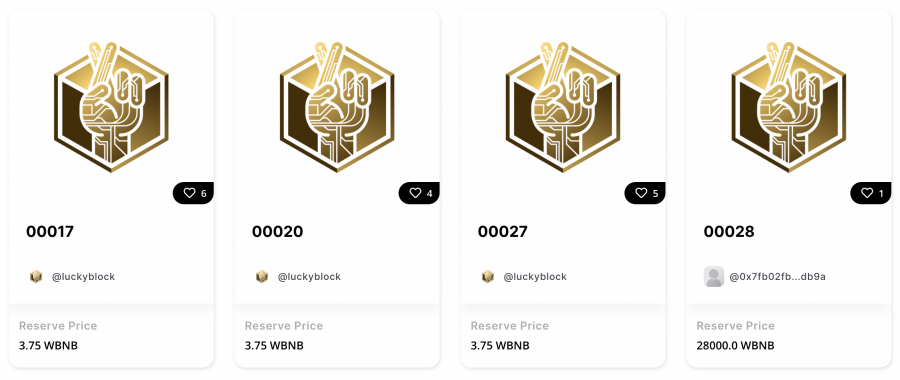One of the mistakes that many people make when buying a newly built home is to skip the home inspection. After all, they reason, it's a brand new house - everything should be perfect. And the city or other local government will inspect it anyway in order to issue a certificate of occupancy.
Unfortunately, even a new home can have flaws, sometime major ones. And a local government inspection doesn't guarantee the quality or the work or verify that everything has been built according to plan - it only verifies that certain minimum standards have been met. And when you've got several hundred thousand dollars tied up in a new home, "minimum" is not what you want.
New home problems differ from older ones
On a new home, you're not likely to encounter the type of problems inspectors often flag on older structures - mold damage, a worn-out furnace, a roof that needs replacing. What you may find, however, is evidence of poor workmanship or failure to follow the plans - warped floors, joists weakened by improperly installed ductwork, leaky plumbing, bad wiring, drainage problems around the foundation, improperly installed appliances, poor seals around vents or other roof structures, or other things that just weren't done properly.
Your sales or construction contract on a new home allows you the right to an inspection before taking possession. But surprisingly many people choose to pass up the inspection, figuring it's not worth spending $500 to have someone check out a new home.
But it doesn't make sense to scrimp on a $500 inspection when you're talking about an investment the size of your home. Also, a new home inspection is likely to cost far less than $500 - many inspectors discount what they charge on a new vs. an old home, and you can often have it done for as little as $200-$250.
Two inspections if possible
The fact is, construction workers sometimes make mistakes. And sometimes, they just try to disguise the problem instead of fixing it properly. Or maybe they weren't very skilled in the first place and didn't realize the mistakes they were making. A private home inspection can detect their errors and get them corrected before you take ownership of the property.
Ideally, you want to have a newly built home inspected twice. First, while under construction, just before the drywall is hung. This allows the inspector to examine the framing and electrical wiring that might be covered up later on. It's also a lot easier to correct many problems before the drywall is put up.
The second time, of course, is when the home is finished and right before you take occupancy. If you're buying a prebuilt home or condominium, this may be your only chance to have an inspection done, since you weren't involved in the construction process.
If you're building a home or planning to buy a home under construction, be suspicious is the builder won't allow an inspector to access the property during construction. They may explain it as a liability issue or simply company policy, but in reality, a builder who has nothing to hide should have no reason to deny an inspection. If they do, seriously consider whether you want to cancel the contract - you don't know what you might find five years down the road.
Professional certification
To hire an inspector, it's a good idea to get one that's certified by either the American Society of Home Inspectors or the National Association of Home Inspectors. Both have standards for experience, skills, continuing education and ethics, and help ensure that you're getting someone who knows what they're doing.
Having a private inspection of a new home may seem like overkill and suggest that you don't trust the builder. But it's really just a matter of making sure you're getting what you're paying all that money for - your perfect new home.





